This Is Helpful Advice!
This is helpful advice!
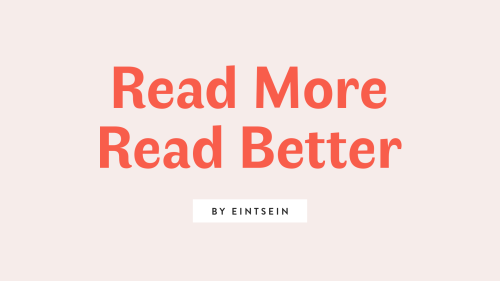

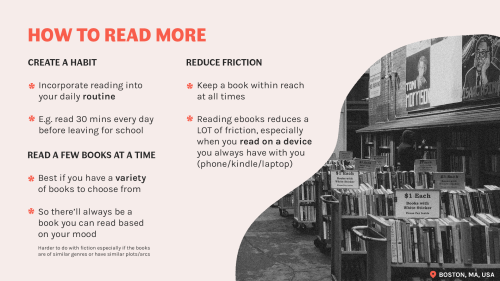
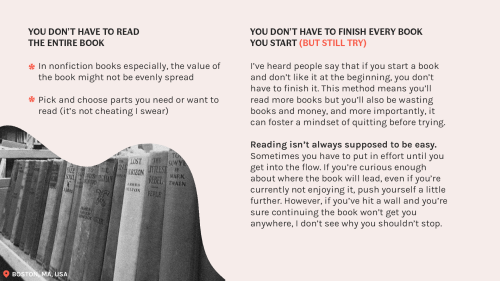


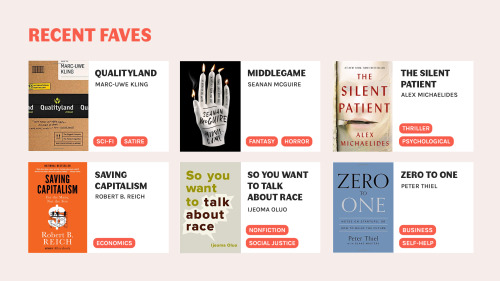
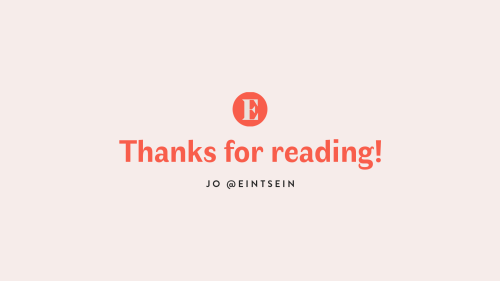
Read More, Read Better
Many of us are looking for more ways to enjoy our time at home in these stressful circumstances. Some of us have turned to books. But how can we make sure we get the most out of them?
Keep reading
More Posts from Bibliobuddy and Others
Ello just passing spreading love ❤️🍓
hi flaym! thank you for dropping by, have a great day! ❤️🍓
Readers are the best weightlifters, then.
“Books have to be heavy because the whole world’s inside them.”
— Inkheart by Cornelia Funke
Books with cats make the best reading environment ♡
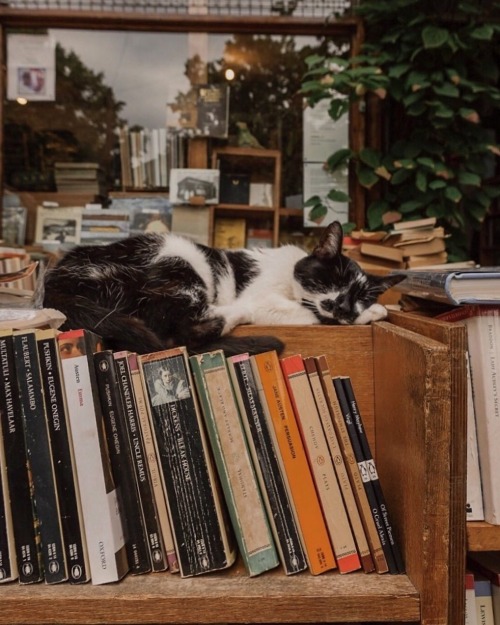
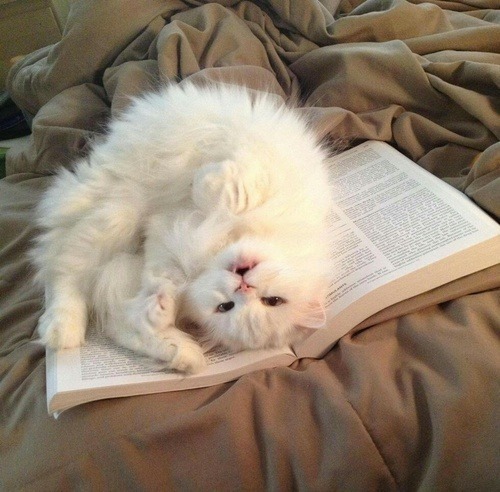
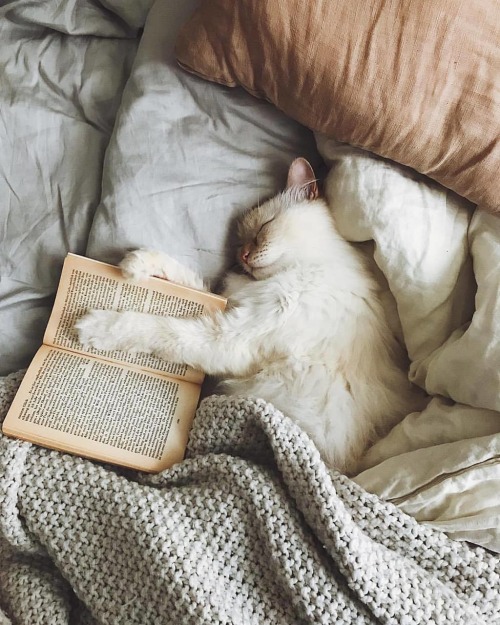
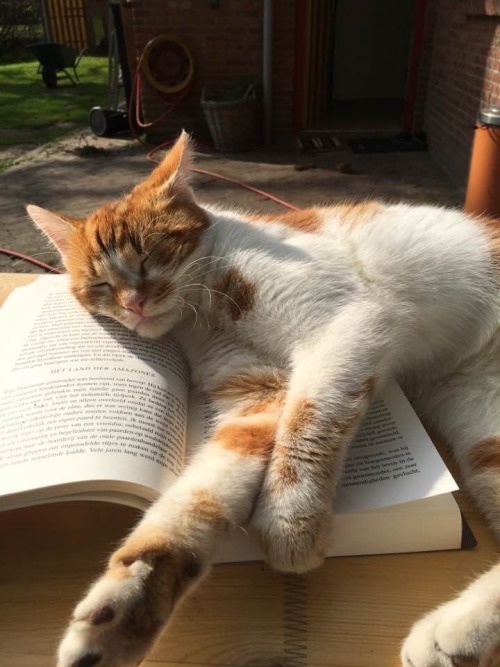


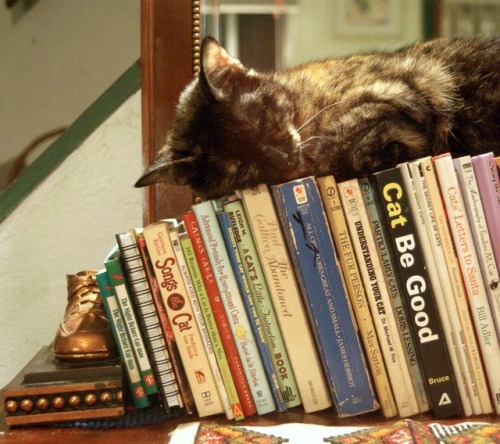
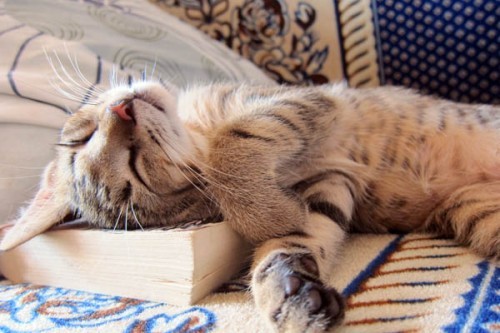
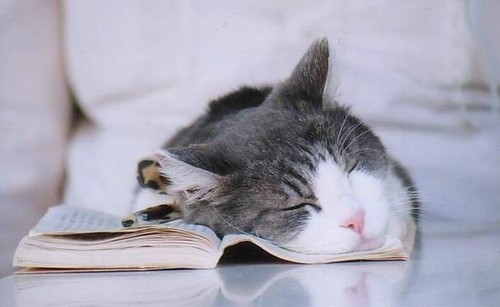

“A cat has absolute emotional honesty: human beings, for one reason or another, may hide their feelings, but a cat does not.” ― Ernest Hemingway
We need more diverse books in literature. More voices need to be represented.



The Cooperative Children’s Book Center has released the results of their 2019 survey on diversity in kidlit/YA.
We thank them for this invaluable work, note their commitment to adding Arabs/Arab Americans in future surveys, and present these graphs of their findings.
The 3,716 books surveyed have this many main characters total for the following groups:
Black/African: 11.9%
First/Native Nations: 1%
Asian/Asian American: 8.7%
Latinx: 5.3%
Pacific Islander: 0.05%
White: 41.8%
Animal/Other: 29.2%
LGBTQIAP+: 3.1%
Disability: 3.4%
“Taken together, books about white children, talking bears, trucks, monsters, potatoes, etc. represent nearly three quarters (71%) of children’s and young adult books published in 2019.” - librarian Madeline Tyner
When we looked at the breakdown for IPOC creatives who wrote and/or illustrated stories with characters of their own race, we found the following:
First/Native Nations: 68.2%
Pacific Islander: 80%
Latinx: 95.7%
Asian/Asian American: 100%*
*NOTE: these percentages include both authors and illustrators and, as pointed out by author Linda Sue Park for past surveys, Asians/Asian Americans are frequently illustrators but not necessarily authors of their own stories, meaning this is not fully reflective of #OwnVoices representation.
Black/African creatives wrote and/or illustrated only 46.4% of stories featuring Black/African characters.
This is the work that still needs to be done.
the feeling when a book fucks you up so hard you have to put it down and take a break because your emotional threshold has reached it's limit
I honestly think that crying over a book is one of the most prominent sign of compassion for humanity. You’re crying over someone who isn’t really there, doesn’t really exist, but you still feel for them as if you have known them your entire life.
Leo Tolstoy sure does know what happiness is!
“Rest, nature, books, music… such is my idea of happiness.”
-Leo Tolstoy
I've been seeing a lot of memes about readers hoarding books and buying some more even through they don't read them, while there are others complaining how they have a huge pile of books to be read. I'm just going to say:
Hoarding books isn't a bad thing – in fact, it could be a sign of intelligence.
A writer from Medium, Michael Simmons, wrote this golden post about the habit. This is for all of you readers out there: boy, you are some smarty-pants.
"We read to get lost, to forget the hard times we're living in, and we read to remember those who came before us who lived through something harder."
– Jacqueline Woodson, YA fiction writer, from her TED talk: What reading slowly taught me about writing
-
 toothsplace liked this · 3 weeks ago
toothsplace liked this · 3 weeks ago -
 a-middle-class-obsession reblogged this · 1 month ago
a-middle-class-obsession reblogged this · 1 month ago -
 that-ghoooul liked this · 1 month ago
that-ghoooul liked this · 1 month ago -
 raoulduke liked this · 1 month ago
raoulduke liked this · 1 month ago -
 raven90731 liked this · 2 months ago
raven90731 liked this · 2 months ago -
 paperpowertool liked this · 2 months ago
paperpowertool liked this · 2 months ago -
 lycanthrotea liked this · 3 months ago
lycanthrotea liked this · 3 months ago -
 lavenderpatches liked this · 4 months ago
lavenderpatches liked this · 4 months ago -
 lycanthrology liked this · 4 months ago
lycanthrology liked this · 4 months ago -
 bisexualcell reblogged this · 4 months ago
bisexualcell reblogged this · 4 months ago -
 goldeneffort reblogged this · 5 months ago
goldeneffort reblogged this · 5 months ago -
 rockbirdwoman liked this · 5 months ago
rockbirdwoman liked this · 5 months ago -
 curiousmsmeg reblogged this · 5 months ago
curiousmsmeg reblogged this · 5 months ago -
 sh1thappens liked this · 5 months ago
sh1thappens liked this · 5 months ago -
 kerasaurus liked this · 5 months ago
kerasaurus liked this · 5 months ago -
 beeczarbagel liked this · 5 months ago
beeczarbagel liked this · 5 months ago -
 yourroseone liked this · 5 months ago
yourroseone liked this · 5 months ago -
 tiremascriancasdasala liked this · 5 months ago
tiremascriancasdasala liked this · 5 months ago -
 hoosierintherye reblogged this · 5 months ago
hoosierintherye reblogged this · 5 months ago -
 lazycaptainjem reblogged this · 5 months ago
lazycaptainjem reblogged this · 5 months ago -
 napalm-waistcoat reblogged this · 6 months ago
napalm-waistcoat reblogged this · 6 months ago -
 annita89vcmtf2h liked this · 6 months ago
annita89vcmtf2h liked this · 6 months ago -
 the-dose-makes-the-poison liked this · 6 months ago
the-dose-makes-the-poison liked this · 6 months ago -
 sheeeenna reblogged this · 7 months ago
sheeeenna reblogged this · 7 months ago -
 rulingtheworldistoomuchwork liked this · 8 months ago
rulingtheworldistoomuchwork liked this · 8 months ago -
 demeletron reblogged this · 8 months ago
demeletron reblogged this · 8 months ago -
 steadybarbarianduck liked this · 9 months ago
steadybarbarianduck liked this · 9 months ago -
 nemo77550 liked this · 9 months ago
nemo77550 liked this · 9 months ago -
 dreamcreations reblogged this · 9 months ago
dreamcreations reblogged this · 9 months ago -
 mariazz reblogged this · 9 months ago
mariazz reblogged this · 9 months ago -
 parangmagic reblogged this · 9 months ago
parangmagic reblogged this · 9 months ago -
 orphic-studies liked this · 9 months ago
orphic-studies liked this · 9 months ago -
 kiki-miserychic reblogged this · 9 months ago
kiki-miserychic reblogged this · 9 months ago -
 justforfollowingpeople liked this · 9 months ago
justforfollowingpeople liked this · 9 months ago -
 kiki-miserychic reblogged this · 9 months ago
kiki-miserychic reblogged this · 9 months ago -
 sisterofreverance liked this · 10 months ago
sisterofreverance liked this · 10 months ago -
 pussy-nefarious liked this · 11 months ago
pussy-nefarious liked this · 11 months ago -
 mesonaughty reblogged this · 1 year ago
mesonaughty reblogged this · 1 year ago -
 morgenstaern reblogged this · 1 year ago
morgenstaern reblogged this · 1 year ago -
 morgenstaern liked this · 1 year ago
morgenstaern liked this · 1 year ago -
 runtowonderland reblogged this · 1 year ago
runtowonderland reblogged this · 1 year ago -
 weeevils liked this · 1 year ago
weeevils liked this · 1 year ago -
 20owleyes liked this · 1 year ago
20owleyes liked this · 1 year ago

19 | random literature + bookblr stuff | dormant acc, used for interactions only | more active on @sunbeamrocks
60 posts